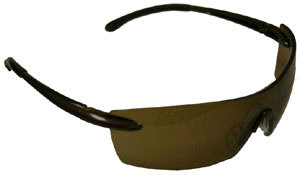One of the worst things that can happen to any business is for an employee to be injured on the job. (It goes without saying, that it’s also a very unfortunate event for the employee.) Workers have the right to know exactly what is expected of them in their daily job performance. They should be informed of any hazards associated with their duties and properly trained before beginning their job, and given the proper personal protective equipment that is required to ensure their safety.
Efficient businesses have policies and procedures, which should include a proper accident investigation and reporting plan. Prevention, of course, is the key to avoiding accidents, but when they happen, someone must be assigned to be responsible in determining how and why the injury occurred. Insufficient reporting of work-related accidents will lead to higher costs for employers. It also must be reported to company management and workers comp providers in an accurate and timely manner.
Lost time accidents are costly to employers. According to Cal/OSHA, for every dollar a company spends on direct costs of a workers’ injury, more dollars are spent to cover the hidden and indirect costs, such as:
- Productive time lost by the injured employee;
- Productive time lost by employees attending the accident victim;
- Time to hire/retrain employee while victim is off work;
- Clean up and start up of operations that were interrupted;
- Paying employee all or part of wages, in addition to compensation;
- Cost to repair damaged equipment;
- Higher workers compensation rates;
- Cost of paperwork involved in reporting accident.
Employers that do not furnish safe and healthful work practices for their workers are gambling with the future of their very own business. Hazard assessments, risk management, and safety programs are essential for ensuring successful business practices for everyone involved.
Another angle to consider, as well, is that a thorough accident investigation will prove that the injury did occur on the job, and not elsewhere. History shows that there are people in this world that will take advantage of their employer and sue them for an on-the-job injury that happened somewhere else.
